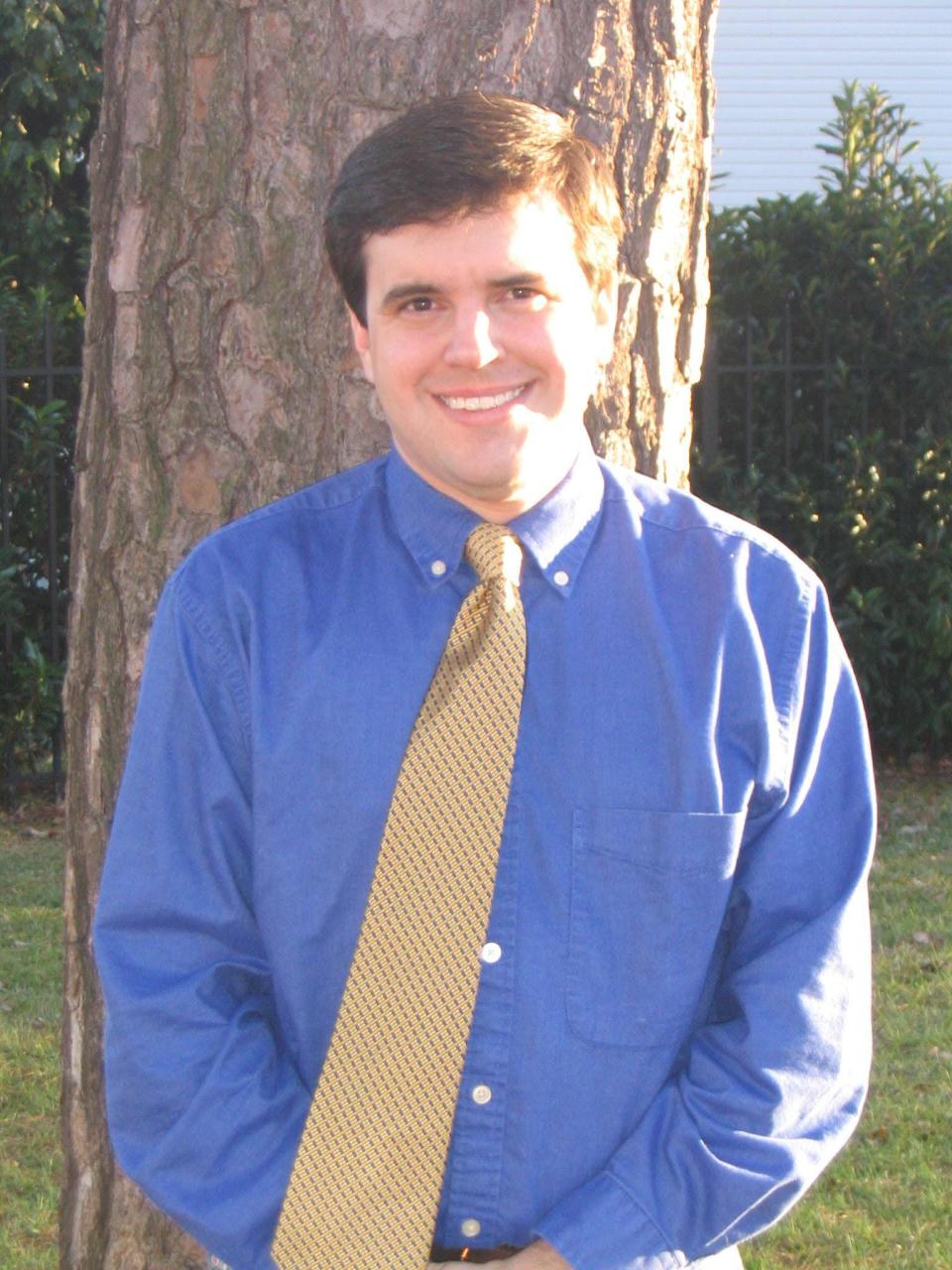Bridges: Borlaug's impact still resonates today
- Oops!Something went wrong.Please try again later.
- Oops!Something went wrong.Please try again later.
The recent report that University of Texas engineering professor Dr. John B. Goodenough, along with Stanley Whittingham of New York and Akira Yoshino of Japan, has been awarded the 2019 Nobel Prize in chemistry for the development of lithium-ion batteries has excited Texans and science fans alike. However, he is not the first Texan to receive the Nobel Prize. Previous Texas Nobel Laureates include Dr. Alfred Gilman for his breakthroughs in cancer research, Jack Kilby for his development of the integrated circuit. But only one Texan has won the Nobel Peace Prize, Dr. Norman Borlaug. Borlaug’s 1970 award recognized work that continues to save lives today.
Norman Ernest Borlaug was born in northern Iowa in 1914, the eldest of four children. He spent his youth working on the family farm and attending a one-room public school. He enjoyed sports and participated in his high school’s wrestling, baseball, and football teams. Encouraged by his family to continue his education, he enrolled at the University of Minnesota in 1933.

The Great Depression had hit the country hard by this point, and it was difficult for Borlaug to finance his education. Grants through the National Youth Administration helped somewhat. He also worked as a waiter. He had to briefly drop out on a few occasions. In 1935, he went to work for the Civilian Conservation Corps, working on forestry projects at various locations around the country. Here he saw in his co-workers how badly the Depression was hitting many families, seeing Americans suffering from malnutrition and on the edge of starvation until CCC employment and the program’s free room and board allowed them to recover their health.
He graduated with a degree in forestry in 1937. At the end of his senior year, he heard a lecture about cross-breeding projects that allowed new strains of crops to resist certain devastating diseases. Inspired by these advances, he began studying plant pathology and genetics, earning a master's degree in 1940. He went on to complete his doctorate in 1942.
He had been working in an agricultural chemical lab at the beginning of World War II when Mexico and the United States embarked on the Cooperative Mexican Agricultural Program. Borlaug was recruited as a field researcher to develop more productive types of wheat to overcome serious crop shortages in Mexico. Mexico had to import most of its wheat in 1940. By combining local types of wheat with such strains as Japanese dwarf wheat, they were able to triple wheat yields. Thanks to Borlaug's research, Mexico turned that around and became food self-sufficient by 1956.
Borlaug traveled across Latin America, repeating similar experiments and seeing crop yields steadily rise. Increasing food supplies meant survival for farmers, improved health with proper nutrition, and reductions in poverty. In the early 1960s, he traveled to India and Pakistan to test his new wheat hybrids, and the results were just as promising. Between 1965 and 1970, wheat production doubled across South Asia, rescuing many areas from famine. As a result, the waves of famines across the Third World and the unrest associated with extreme poverty and extreme hunger that was feared by many scientists and officials never happened. Borlaug quietly wrote his academic papers on his results, building an increasing group of admirers among scientists and agricultural officials in the process.
Because of his efforts, he was awarded the Nobel Peace Prize in 1970. In a time of devastating wars, crippling famines, and natural disasters around the globe, Borlaug’s work increasing global food supplies was a source of hope for the world.
Borlaug, however, was always very modest about his work in spite of the respect of fellow scientists that grew over the decades. Daughter Jeanie Laube knew so little about what her father did that she was stunned when she heard the news of the Nobel Prize, she recounted in a 2002 interview. Borlaug himself initially thought the news was some kind of practical joke.
President Jimmy Carter awarded him the Presidential Medal of Freedom in 1977. In 1999, Texas A&M University named its Center for Southern Agriculture after Borlaug. His childhood home and school are now historic sites.
In the early 1980s, he moved to the Dallas area but began teaching agriculture at Texas A&M University in 1984 and continued to travel around the extensively even into his nineties. Borlaug died in a Dallas hospital in 2009 at age 95. He was hailed for his work in the years afterward. Some scientists have estimated that more than a billion lives have been saved because of Borlaug’s work. To have touched so many lives and kept them safe from the horrors of famine is perhaps is perhaps the ultimate testament to a life well-lived.
Ken Bridges is a writer, historian and native Texan. He holds a doctorate from the University of North Texas. Bridges can be reached by email at drkenbridges@gmail.com.
This article originally appeared on Amarillo Globe-News: Ken Bridges Dr. Norman Borlaug's impact still felt today

